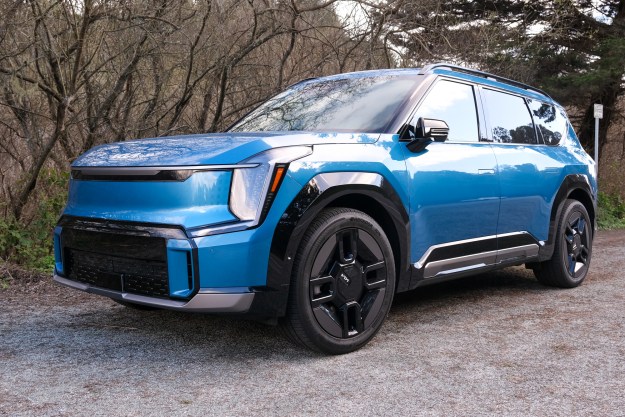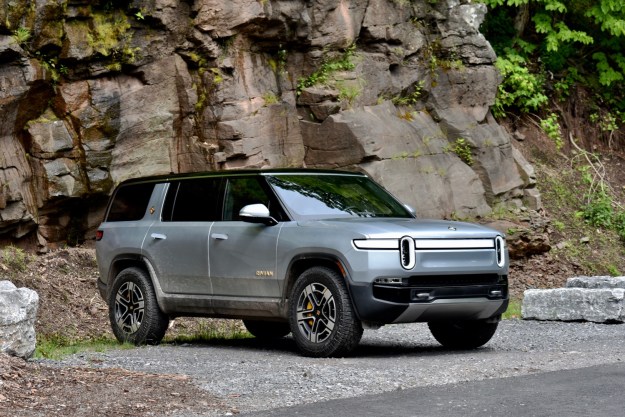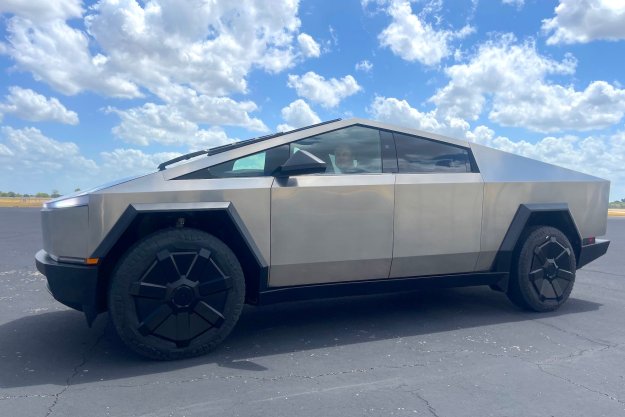The best car adapter you can buy is the Automatic AUT-450C. We’ve looked high and low, and no other diagnostic device in this burgeoning segment of the tech world matches it. Once plugged into your car’s OBD2 port, it diagnoses check engine lights, which can save you a tremendous amount of money. It also helps you remember where you park your car, and lets you locate it if it’s ever stolen.
There are other adapters that let you keep track of your car, including some specifically designed for parents who need to keep an eye on a team. Digital Trends has tested over half a dozen adapters and we recommend the best options.
Our pick
Automatic AUT-450C
Why should you buy this: It’s the best all-around car adapter on the market.
Who’s it for: DIYers who want to save money on car maintenance.
How much will it cost: $100
Why we picked the Automatic AUT-450C:
The Automatic AUT-450C is one of the most recognized consumer diagnostic devices due to its predecessor’s proliferation in Apple stores, bringing the concept of user-friendly OBD port adapters to the forefront. That means it also sets the benchmark for any competitors.
Along with the ability to decode engine and warning alerts, Automatic also helps motorists drive in a more fuel-efficient manner. Alerts and fuel consumption reports give real-time feedback that operators can use to modify their habits. On top of that, location services make sure the car is easily found either in a parking lot or in an emergency; Automatic can call 911 in the event of a crash. Being able to quickly locate your car is a boon if it’s stolen, too.
Being early to the scene has allowed Automatic to hone its offerings, developing a web-based dashboard and a bundle of apps for either performance or convenience. At just $99.95, it’s one of the most inexpensive adapters out there.
The best connected adapter
Verizon Hum
Why should you buy this: You’re worried about car breakdowns leaving you stranded.
Who’s it for: Those who want regular real-time help from a professional.
How much will it cost: $40
Why we picked the Verizon Hum:
Verizon’s Hum takes the OBD port connection and builds on that concept with the help of its vast cellular network. Hum does all the diagnostic code translations that Automatic does, but instead of only being able to send data to a smartphone app, Hum can communicate with an ASE-certified mechanic at a Verizon call center. Now, you not only have the code translated, but you have the ability to chat with a professional who can elaborate further.
Hum automatically sends help if it detects an accident, and it lets users find their car in a parking lot. Users can also get a data report that highlights their day, week, month, or year in driving, which comes in handy when keeping track of expenses like fuel.
Verizon requires those interested to pony up $10 each month, which adds up to $120 a year. Sure, you’ll have a top-notch call center to reach out to for help, but how often would they need to be contacted for customers to justify the price?
The best adapter for teen drivers
Zubie
Why should you buy this: You want to keep track of your car and your teen.
Who’s it for: Households with new drivers.
How much will it cost: $75
Why we picked the Zubie:
The Zubie performs many of the same functions as the adapters we previously mentioned, but it puts a bigger emphasis on monitoring teenagers and helping them develop good driving habits. Concerned parents can keep track of where the vehicle is and how it’s being driven, so they’ll know if their kid tries to hit triple-digit speeds on a remote stretch of I-80 instead of going to soccer practice.
Zubie also gives teens tips to help them become better drivers. Users can compare their driving score to see who is the best driver in the household and earn bragging rights. It’s not all about driving better while using less gas, though.
Like many of its competitors, the Zubie provides maintenance reminders, engine diagnostic information, low battery alerts, and roadside assistance. It also provides a Wi-Fi connection.
Our Zubie full review
How we test
The Digital Trends automotive team tests vehicles through a comprehensive scrutinizing process. We examine the qualities of the exterior and interior and judge them based on our expertise and experience in the context of the vehicle’s category and price range. Entertainment technology is thoroughly tested as well as most safety features that can be tested in controlled environments.
Test drivers spend extensive time behind the wheel of the vehicles, conducting real-world testing, driving them on highways, back roads, as well as off-road and race tracks when applicable.





